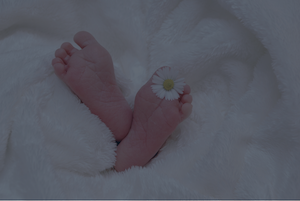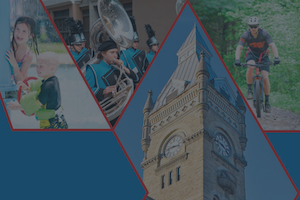Pittsburgh rises above stereotype
PITTSBURGH — It can get kind of annoying, you know, this constant characterization of Pittsburgh as a blue-collar town. Someone always says it on broadcasts of Steelers football. But the image is too easy. It trivializes the meaning of blue-collar life. And it leaves out the rest of what we are.
Pittsburghers love to take visitors to Mount Washington, the 400-foot bluff that rises on the far side of the Monongahela River from downtown. Once barren because of smoke from the mills, the hillside is lush with vegetation now and provides a perfect vantage point for understanding the shape of the city.
Pittsburgh is here because of the rivers, the Allegheny flowing from the north, the Monongahela from the south, joining in this spot to form the Ohio. Sparkling downtown towers rise from the triangle of land formed by the rivers' confluence.
The Pittsburgh of today is a city of distinguished universities and medical centers, museums and libraries, with an increasing high-tech presence and a vibrant arts community. The spires and onion domes of ethnic churches still dot the landscape, a legacy of the thousands of immigrants who once flowed into Pittsburgh to work in the mills. The city has largely recovered now from the decline of Big Steel in the 1970s and 1980s, but still struggles to completely replace them.
But, of course, as with all cliches, the characterization of Pittsburgh as blue-collar contains more than a grain of truth, and the blue-collar community accounts for a good deal of the passion Pittsburghers feel for their team.
Much of the work here has been hard. Imagine working deep in the implacable blackness of a coal mine, hunched at times under a ceiling so low that you are unable to stand upright, ever aware of the possibility of explosion or ceiling collapse. Think of working with buckets, or ladles, of molten iron or steel, 18 feet tall, the blinding light, the annihilating heat, the possibility of death by steel's errant fire. Pittsburghers died helping to build the modern world.
Joe Gordon, former director of public relations for the Steelers, points to the mental and physical toughness required by the blue-collar work of Pittsburgh. "It's natural," he says, "that people who did that work would identify with the physicality of football."
The Steelers of the 1970s, who won four Super Bowls in six years, and the Pirates, who won the World Series in 1971 and 1979, were a source of pride for a city that would face even harder economic times in the 1980s.
That pride has carried over since then, has become a part of family life.
Family is important in Pittsburgh. Even today, multiple generations of families can be found living in the same neighborhood, gathering at Grandma's for Sunday lunch. And in that heartfelt, self-deluding identification of fan with team, the Steelers players become part of our families.
Steelers signs, banners, sweatshirts, jackets, shirts, caps, neckties, stickers are everywhere now. Steelers flags flap on cars. Thirty-thousand fans showed up for a pep rally more than a week before the game. "No one believes in us, but us," Steelers quarterback Ben Roethlisberger says.
But his statement could apply to the city. Throughout history we have been the butt of jokes. We still can't shed our sooty image, even though it's more than 50 years out of date. We don't like those jokes.
It's a mistake, you know, to underestimate Pittsburgh. There is nothing we cannot do. It's a mistake to take Pittsburgh for granted. If you look for the run, we'll come out passing, just as Roethlisberger did in the playoff game against the Colts.
We believe in us.
Laurie Graham is the author of "Singing the City," a 1998 book that celebrates Pittsburgh's industrial landscape.













